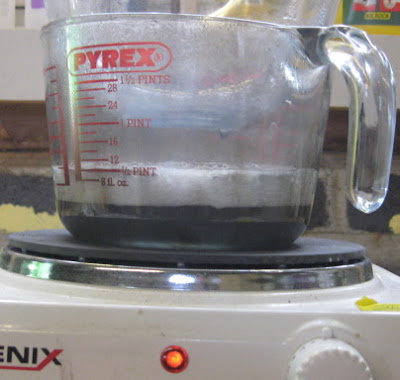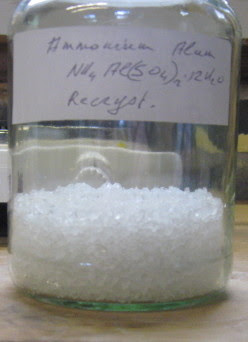@blogfast25
13.5 g of fairly clean aluminium (I use opening tabs of Al pop cans).
What is the alloy they use for aluminum cans? I know the alloy for the tops is different from the main can. It usually has more magnesium in it. Other
elements from memory include manganese, copper, and silicon
Your results look very good, but I was wondering about Magnesium and other alloy components in the mix. Thanks for sharing. |












